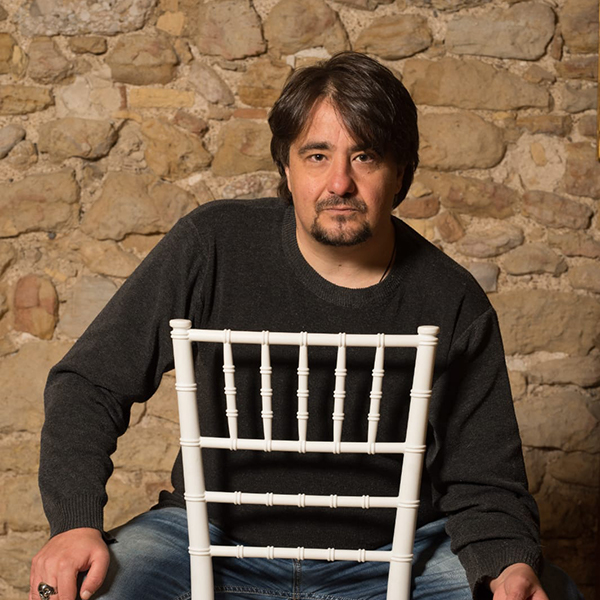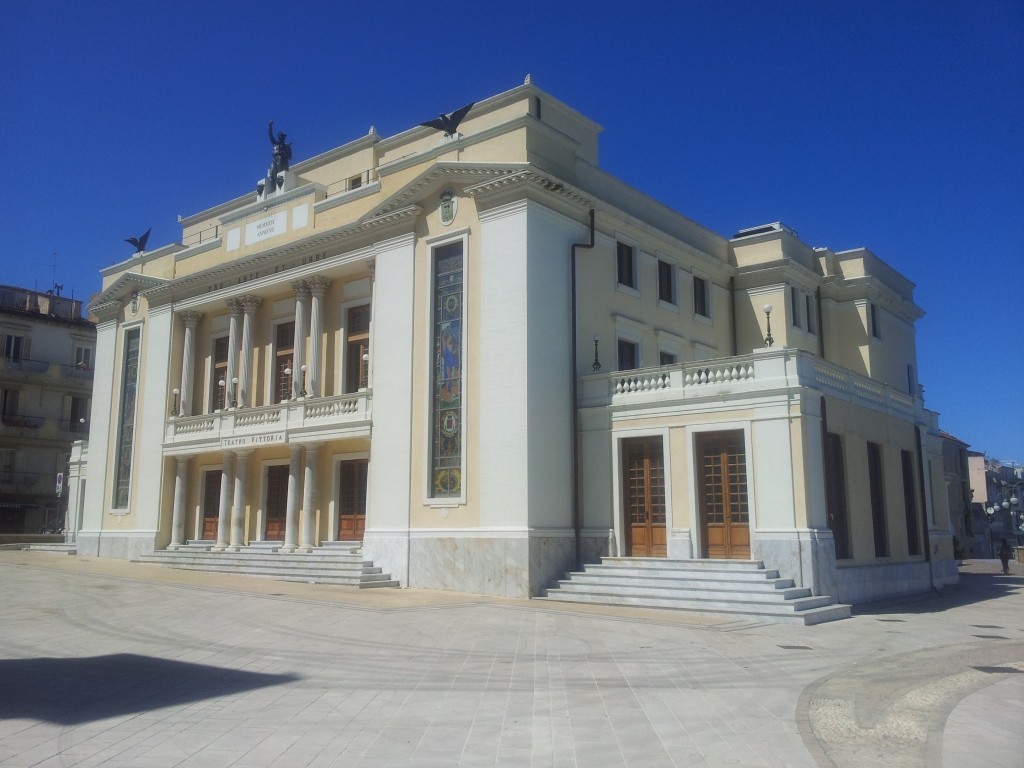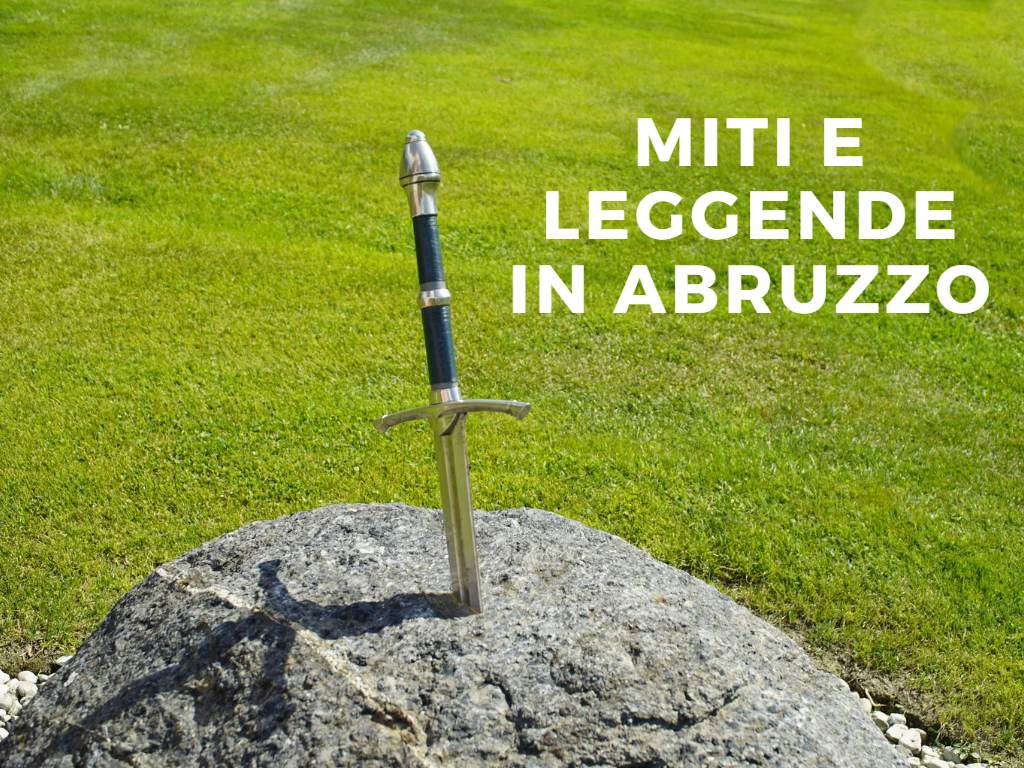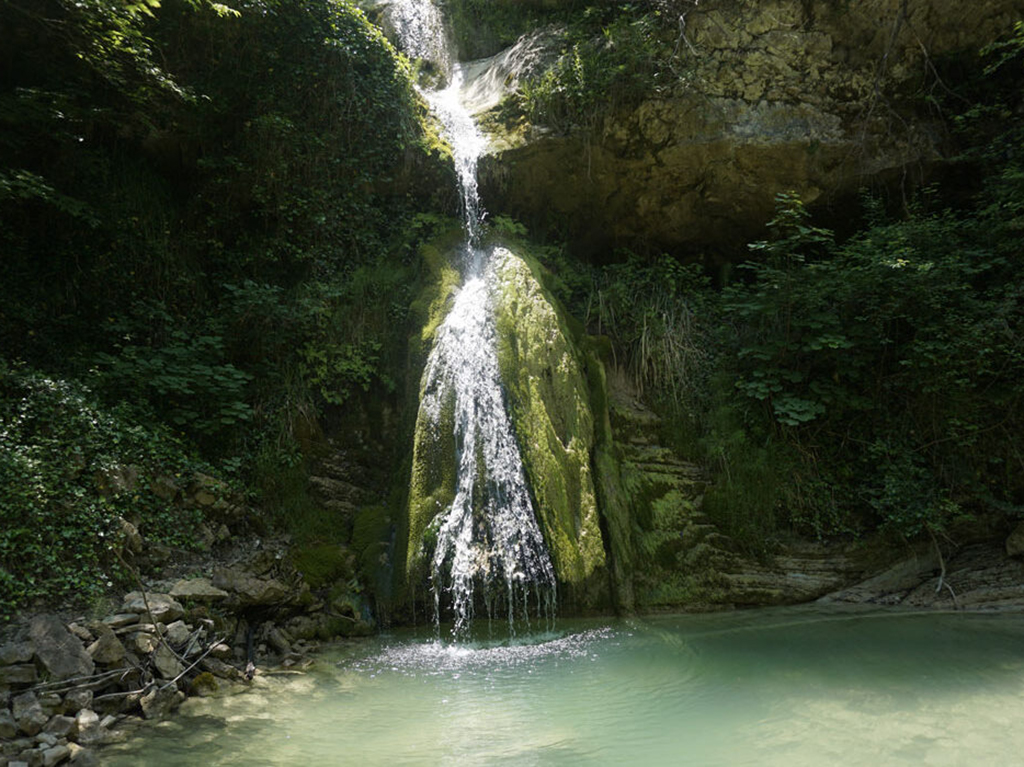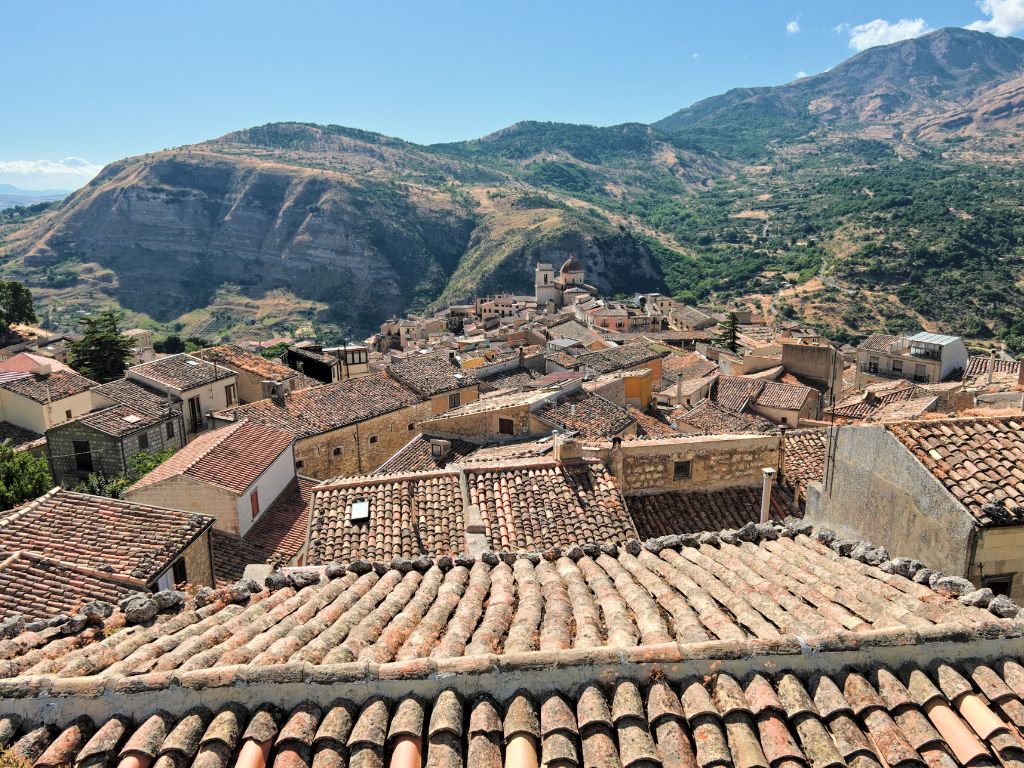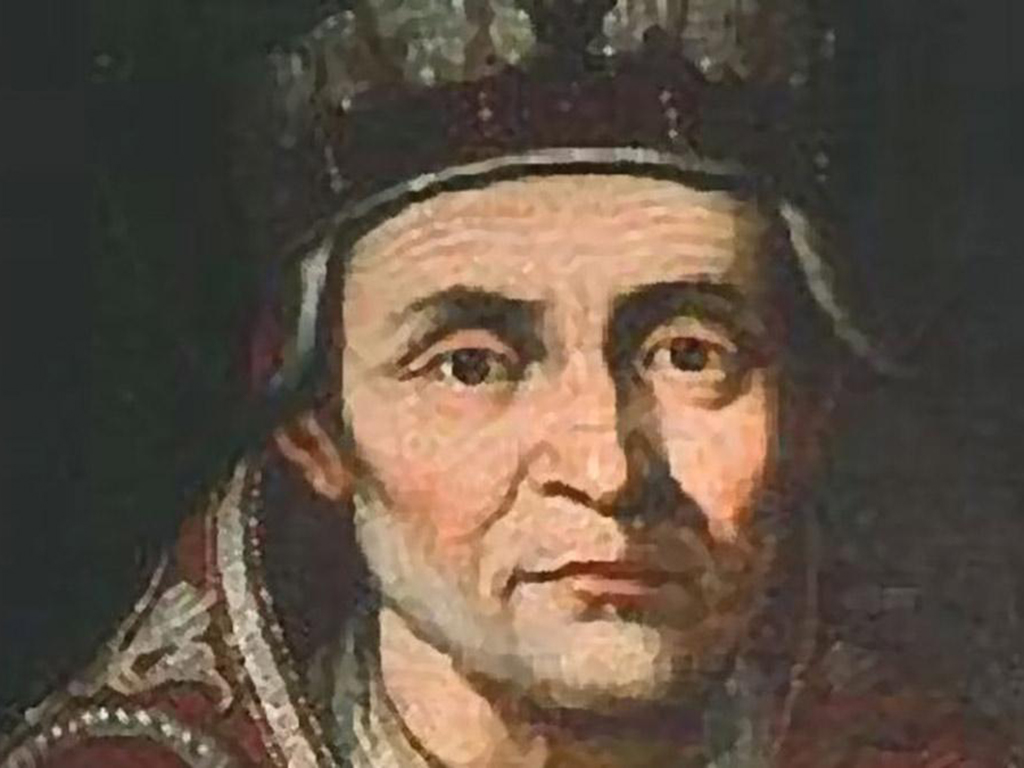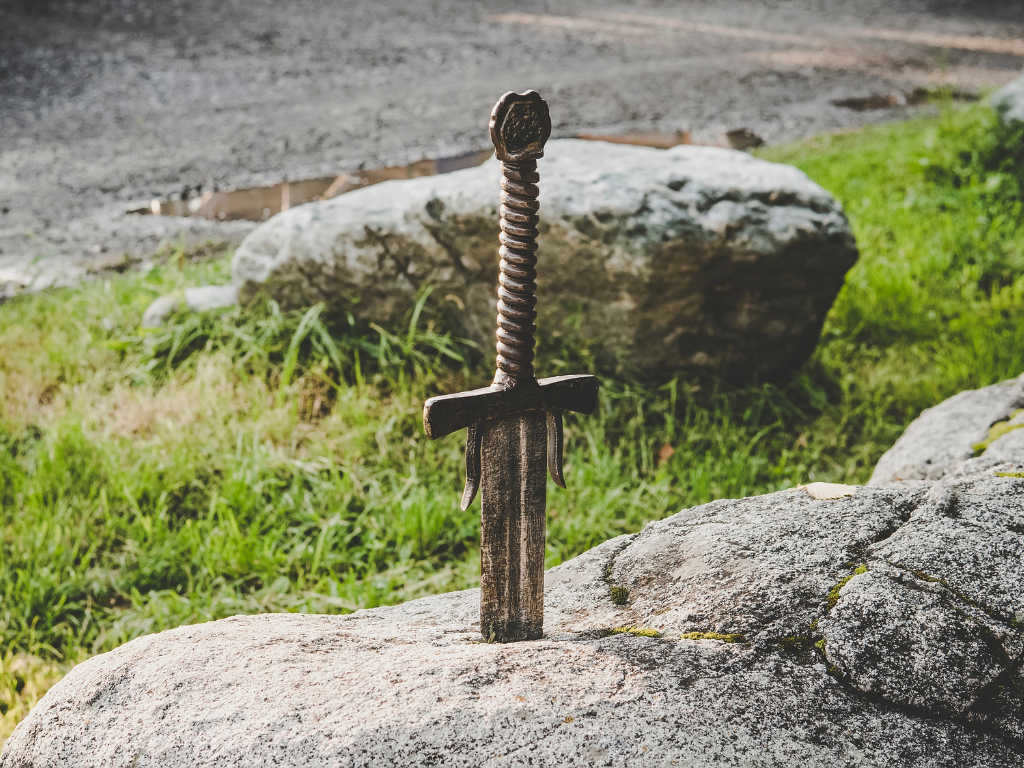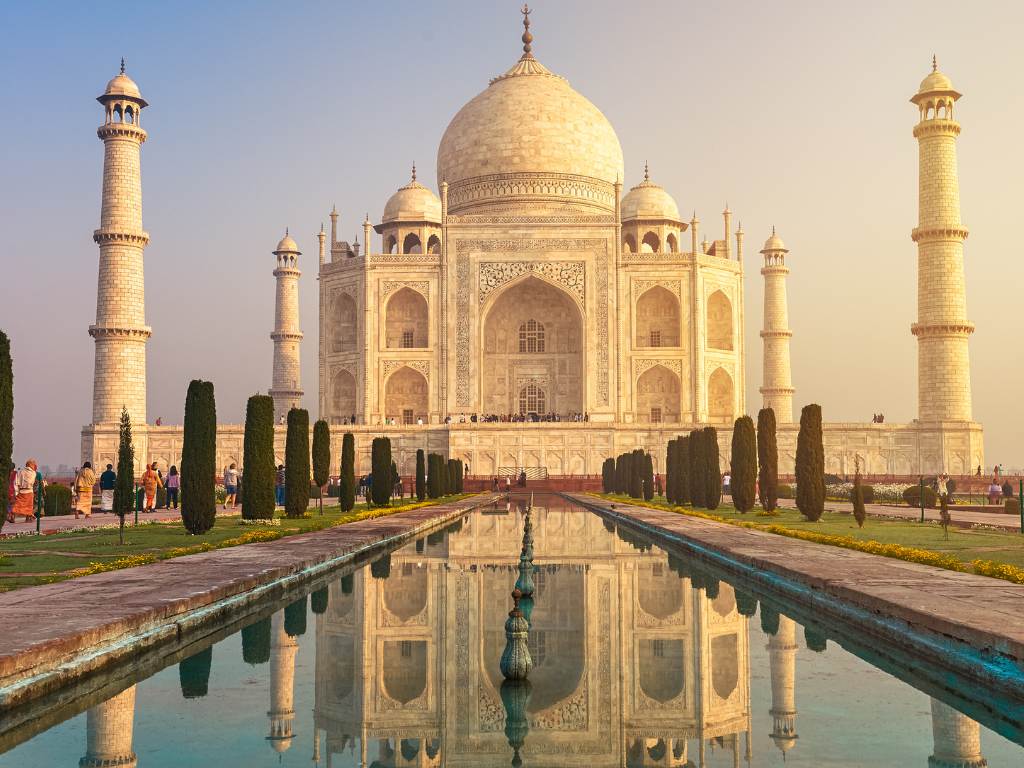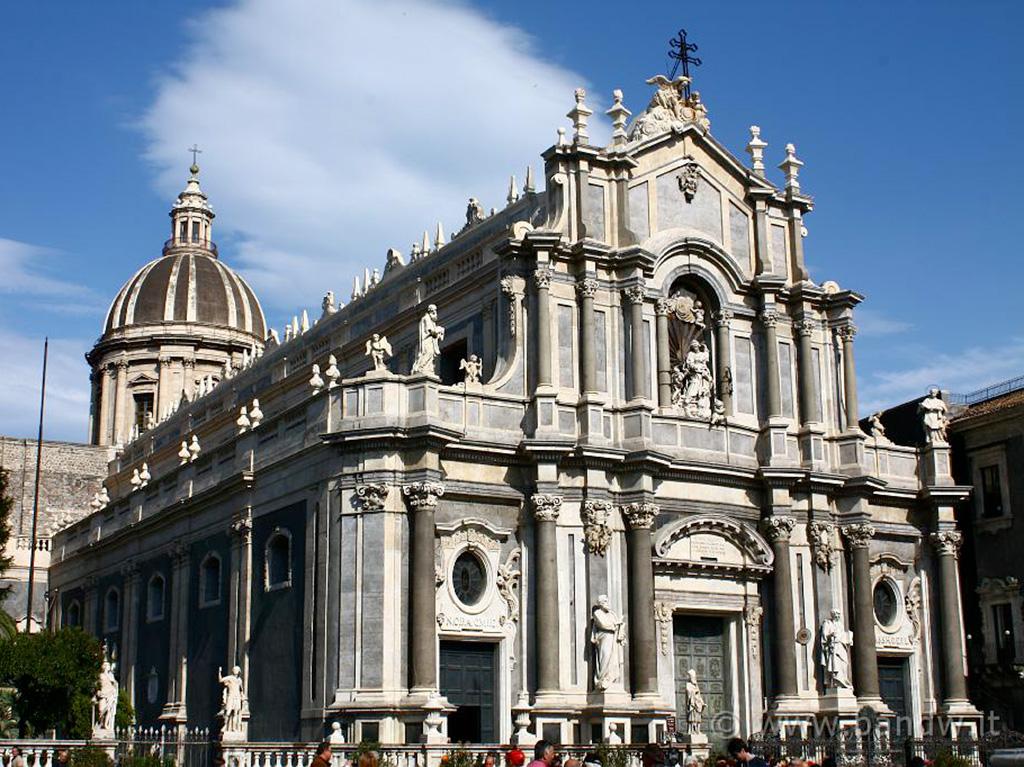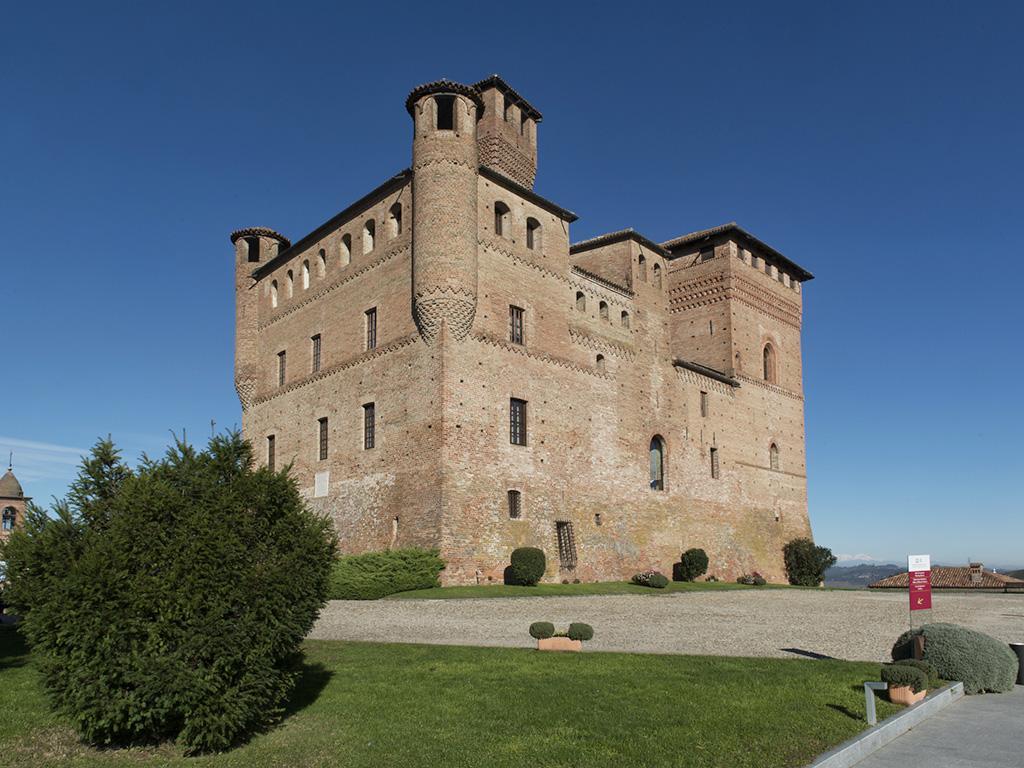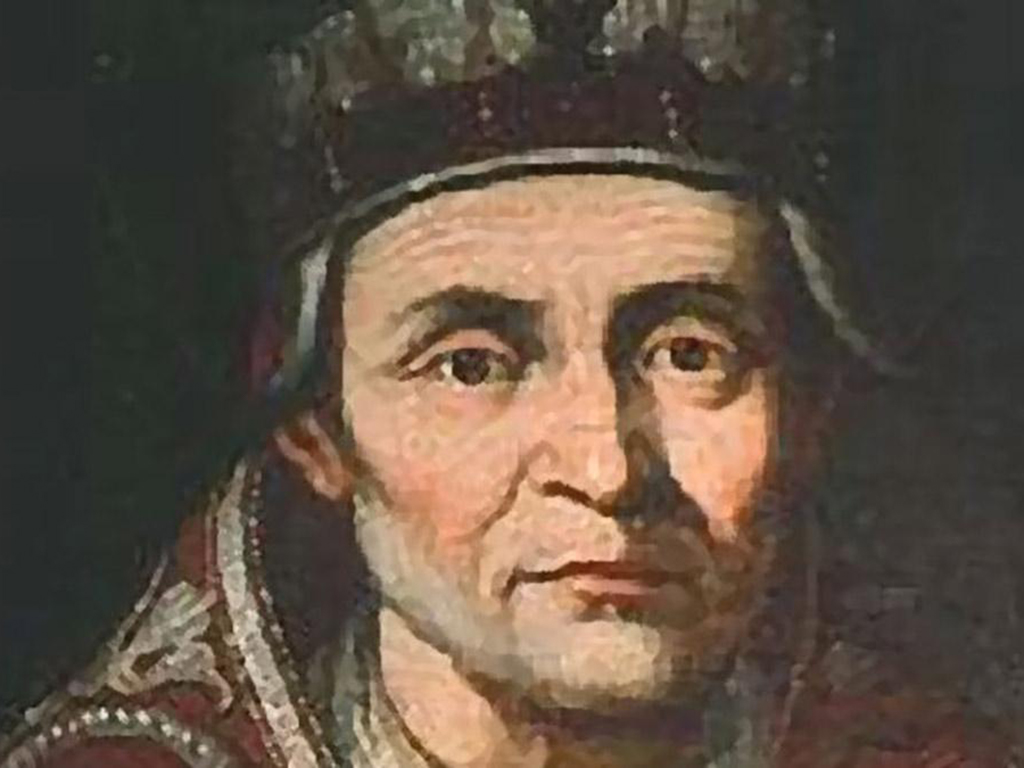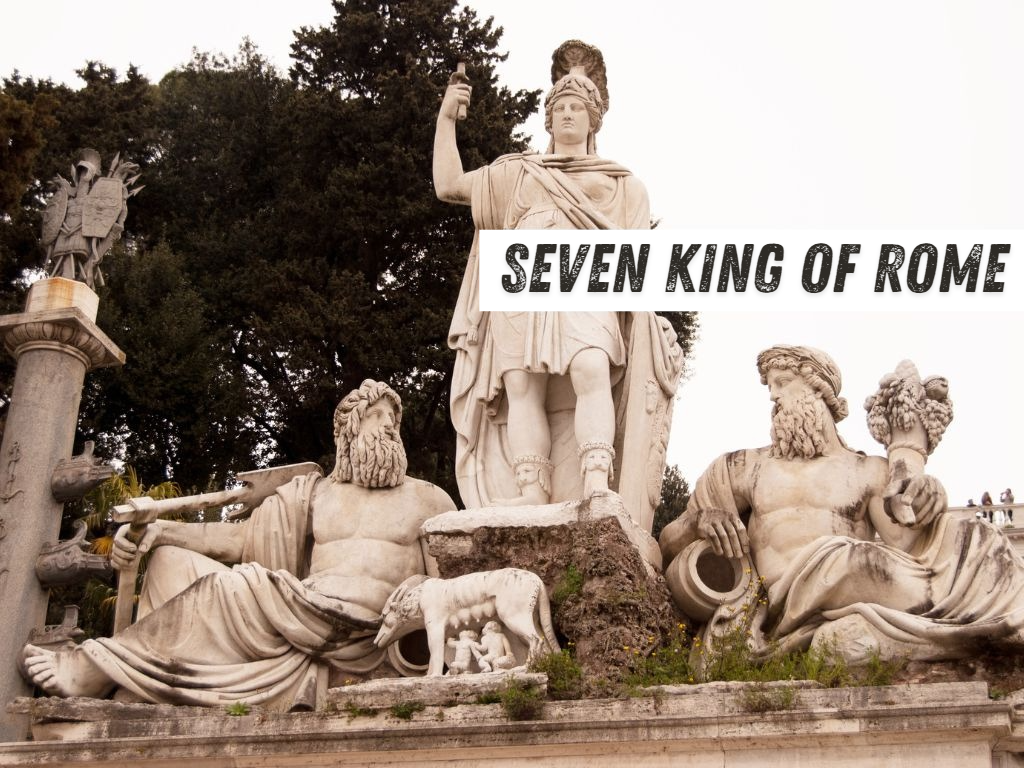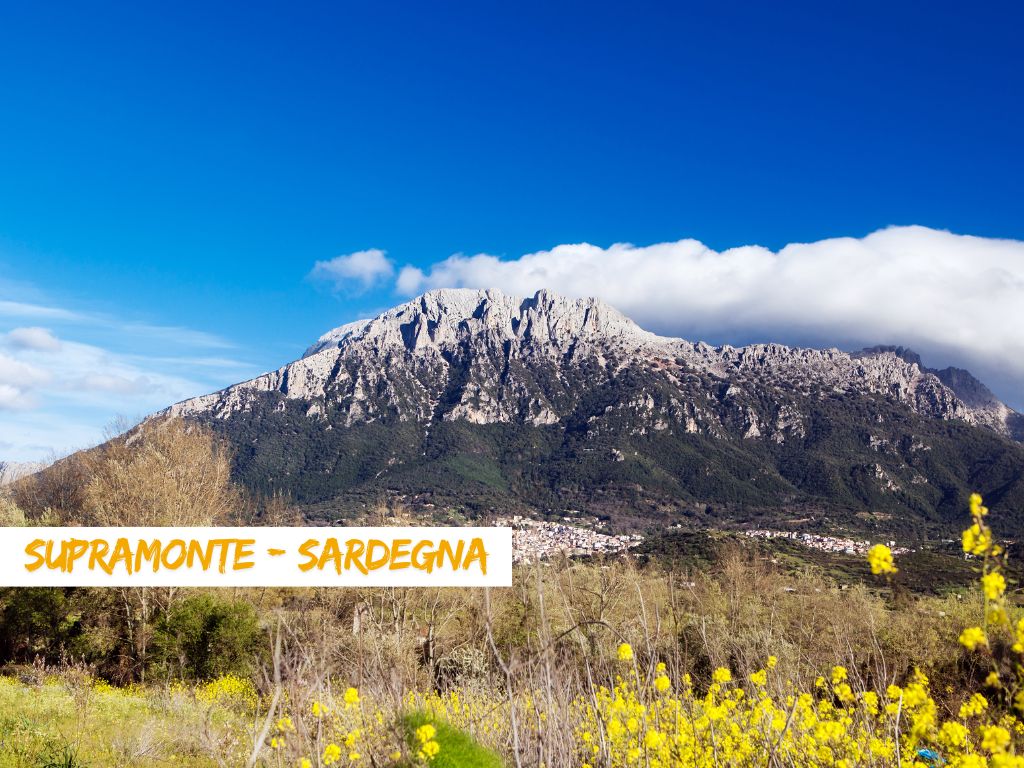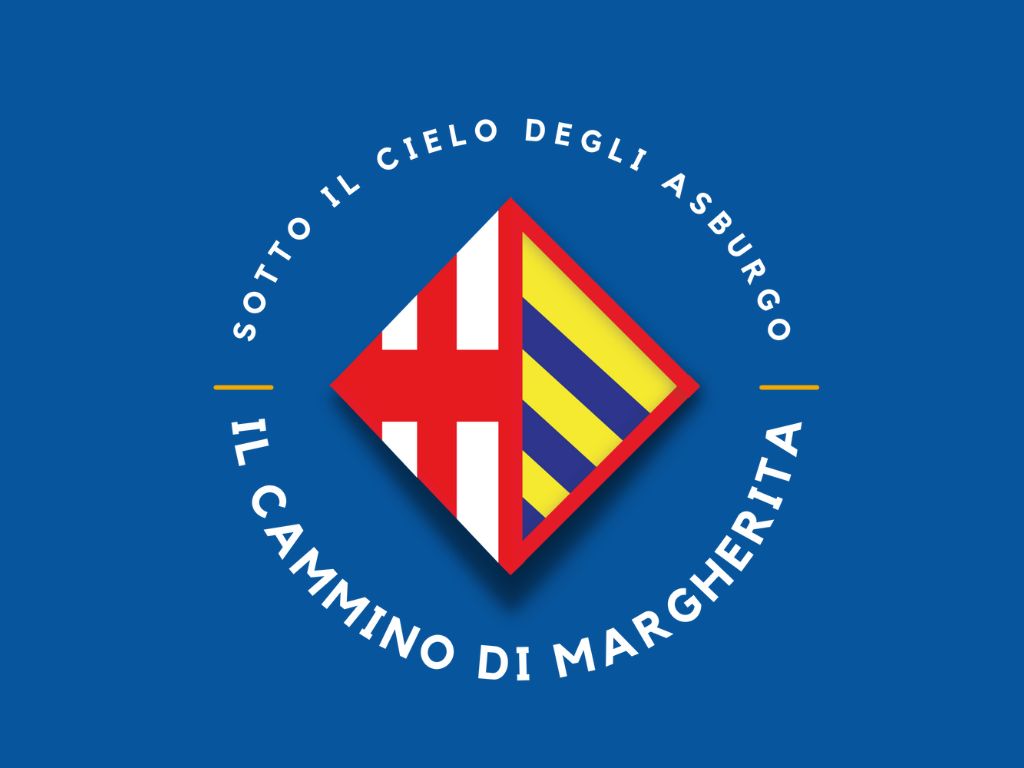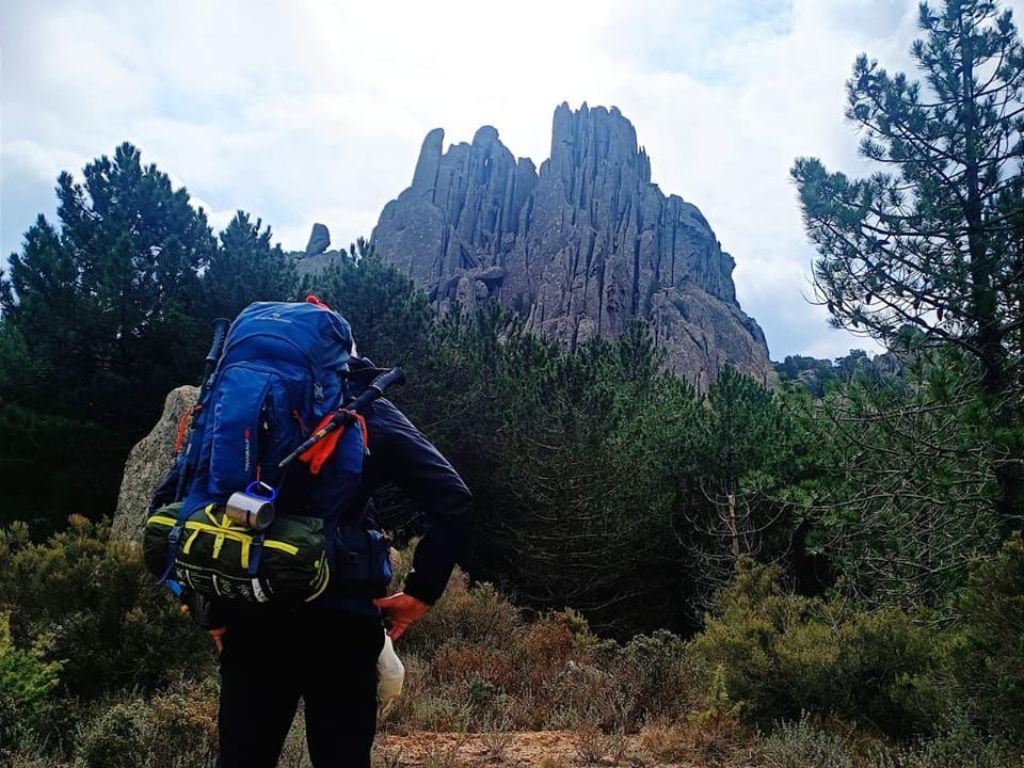Explore the mysteries shrouded in the charm of Ortona a Mare. Discover age-old legends, ancient secrets, and intriguing stories that paint an enigmatic picture of this captivating Abruzzo town. A journey into the past that will lead you through the hidden threads of Ortona.
Mysterious Ortona: Hidden Secrets and Unveiling Mysteries
Introduction
Since I was a child, I've always been fascinated by the mysteries of the world: the inexplicable has always held a tremendous allure for me, perhaps because I found reality too bland. As a teenager, I conducted personal research on symbols, diverse cultures, and the enigmas surrounding the world. This new column will cover the countless mysteries of the Italian territory, and fate would have it that the first article will be about my beautiful Ortona. Extremely important: all these writings hold no historical or scientific value; they are based on my conjectures. Experts in the field who wish to contribute are warmly welcome, and I thank them in advance for shedding real light and unveiling the arcane, as well as for introducing new hypotheses. This is a game, which might even allow some of you to look up at the sky and see things you've never seen before.
"New ears for new music. New eyes for the furthest. A new consciousness for truths hitherto mute."
On September 6, 1258, the admiral Pio Leone transported the body of the Apostle Thomas and the tombstone from the island of Chios, along with his crew. These relics are still preserved in the Basilica of Saint Thomas the Apostle in Ortona and are objects of veneration by the faithful. The portal of the church dates back to 1311 and was created by Nicola Mancini. In the upper lunette, high-relief images of the Virgin Mary with the child, and Saint John the Baptist and Saint John the Evangelist can be glimpsed. The entrance is guarded by two stone lions, symbols of strength and charisma in medieval architecture. However, upon entering, the magnificence of the structure does not provide an opportunity to look up at the sky and notice enigmatic details.
On the dome, the all-seeing eye is recreated, from which eight rays emanate with corresponding images. The number eight is a highly potent esoteric number: aside from signifying infinity when horizontally flipped, it's referenced multiple times in esoteric history: the eight angelic beatitudes, the construction of Solomon's temple in eight days, Justice represented by a balance with two trays, and more. The images within the panels may reveal strong esoteric and Masonic references.
Beyond the zodiac represented by symbols, one panel portrays Christ with a compass in hand. The compass is quintessentially Masonic and alludes to the figure of the Architect of the Universe. Together with the square, they serve to elevate stable constructions that symbolize the means necessary for elevation, including spiritual elevation.
In the second, more cryptic image, a figure with two heads can be seen. Through small inquiries, some identify it as a two-headed Venus, which according to certain scholars could have a pagan and propitiatory character. However, upon closer inspection, one of the heads is masculine and, in my opinion, alludes to the figure of the hermaphrodite. The hermaphrodite is one of the pillars of Alchemy, embodying multiple meanings, including the attainment of an absolute state, the communion between spirit and matter, freedom within the duality of the world, and the recovery of Paradise. Upon closer examination, this explanation aligns more with Christian dogma.
The Legend of the Jester and the Holy Grail
Inside the Diocesan Museum, we can notice a painting by an unknown artist, tempera on wood, dating from the sixth or seventh decade of the 15th century. "The Holy Face of Lucca and the Miracle of the Jester" is a canvas reproduction of a wooden sculpture kept in Lucca. The miracle of the Holy Face tells the story of a jester who, being destitute, offered one of his ballads to the relic and was rewarded with a golden shoe, a calzare. The strength of the painting, beyond its beauty, lies in the symbols it harbors.
In addition to representations of Christ in royal attire on the cross and the Sun and the Moon (alpha and omega, but also the dualism of the masculine and feminine as seen in the hermaphrodite mentioned above), the scene depicts the Messiah with a chalice under his feet and the jester beside him with his golden shoe. My hypothesis, of course not substantiated, is that the jester has taken off Christ's shoe, and in this position, it seems that Christ is pouring his own blood into the chalice. The reference to the Grail and the Templars is inevitable, especially considering that the real blood (for some, the translation of the Holy Grail, "sangreal") is perpetuated by a figure dressed as a King. A final esoteric reference: for the Rosicrucians, one of the meanings of the Grail is introduced into medieval iconography with the descent of the Christ Sun into the chalice of the Moon. Symbols, as you have read, already present in the painting.
The mystery remains unsolved and continues, but there are many others in our Italy, brimming with symbols. In our Land of Mysteries.





